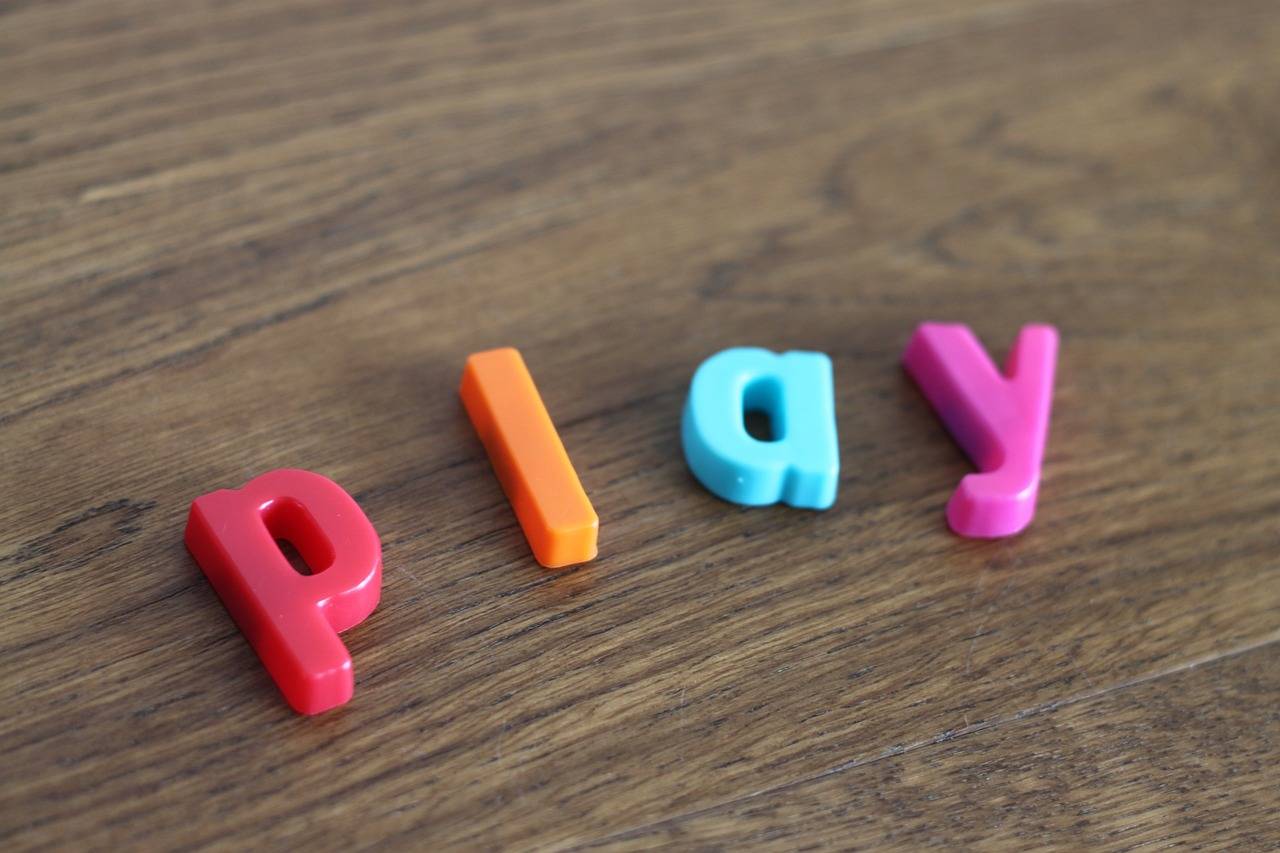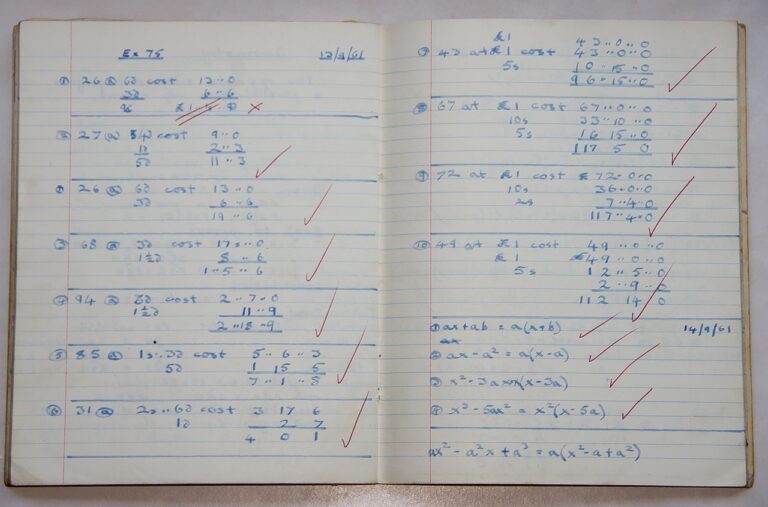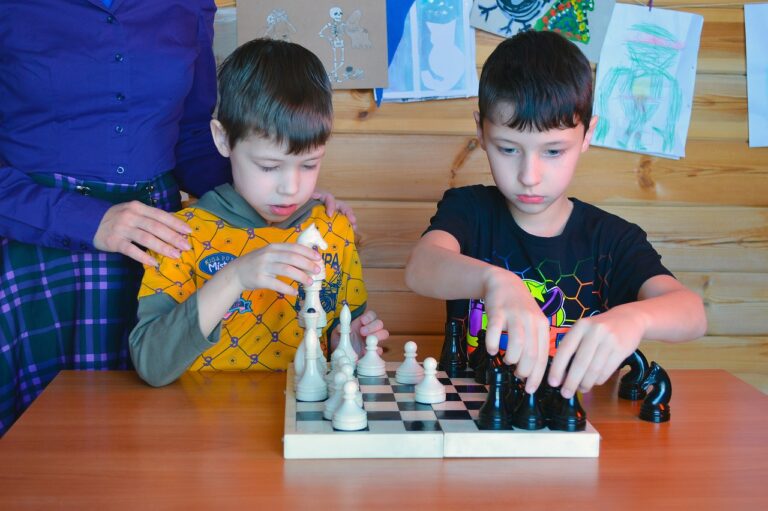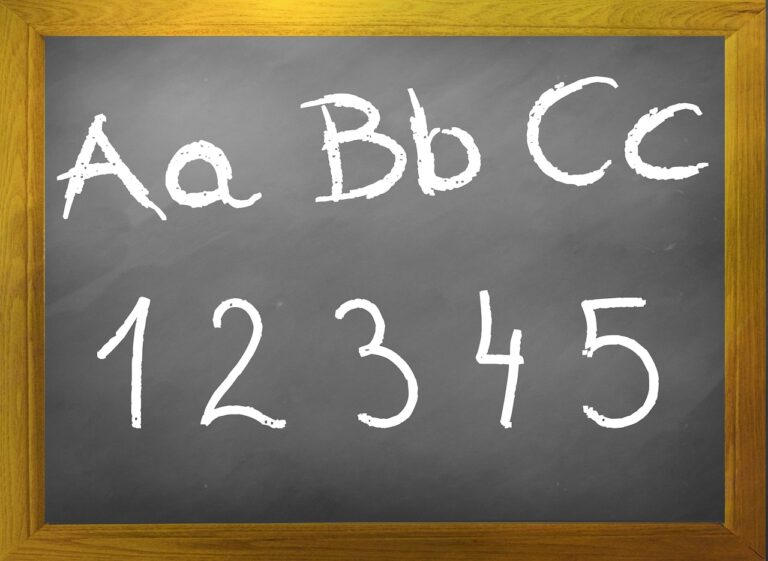Promoting Culturally Responsive Approaches to Physical Education
Promoting cultural diversity in physical education curriculum offers students the opportunity to engage with a range of perspectives, traditions, and practices. This exposure fosters a sense of understanding and respect for different cultural backgrounds, leading to a more inclusive and equitable learning environment. By incorporating diverse cultural elements into physical education, students can develop a global mindset and empathy towards others.
Furthermore, integrating cultural diversity into the curriculum can enhance students’ cognitive and social skills. Through learning about various cultural practices and values, students can broaden their horizons and develop critical thinking skills. This exposure can also promote teamwork and cooperation among students of different cultural backgrounds, fostering a sense of unity and camaraderie in physical education classes.
Understanding the Importance of Cultural Competence in Physical Education
Cultural competence is a crucial aspect of physical education that educators must prioritize in order to create an inclusive and supportive learning environment for all students. By incorporating diverse cultural perspectives and practices into the curriculum, students are able to gain a deeper understanding and appreciation of the world around them. This fosters respect and empathy among students towards individuals from different cultural backgrounds, promoting a sense of unity and solidarity within the classroom.
Furthermore, cultural competence in physical education helps to break down stereotypes and biases that may exist among students. By encouraging students to engage with and learn about different cultures, educators are able to promote open-mindedness and acceptance, ultimately contributing to a more harmonious and welcoming school environment. Embracing cultural competence not only enhances the educational experience for students but also equips them with valuable skills and attitudes that will serve them well beyond the classroom.
Why is cultural competence important in physical education?
Cultural competence is important in physical education because it ensures that all students feel included and valued in the classroom. It also helps teachers create a more inclusive and supportive learning environment.
How can cultural competence benefit students in physical education?
Cultural competence can benefit students in physical education by promoting respect for diversity, increasing cultural awareness, and improving communication and collaboration among students from different backgrounds.
What are some strategies for incorporating cultural diversity in the physical education curriculum?
Some strategies for incorporating cultural diversity in the physical education curriculum include incorporating culturally relevant activities and games, using diverse examples and case studies, and providing opportunities for students to share their own cultural experiences.
How can physical education teachers improve their cultural competence?
Physical education teachers can improve their cultural competence by participating in cultural competency training, seeking feedback from students and colleagues, and actively seeking out resources and information on cultural diversity.
How does cultural competence in physical education contribute to overall student success?
Cultural competence in physical education can contribute to overall student success by promoting a sense of belonging and inclusion, improving student engagement and motivation, and preparing students to thrive in a diverse and globalized world.






